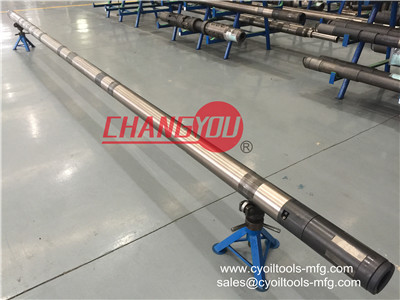HOME >> News >> Industry Information
Introduction of Drill Stem Test(DST) |
[ Time:2018-10-04 | Hits:667 ] |
| General: DST (drill stem test) is a technique that use a drill pipe or tubing to drop a packer and a formation tester into a well for testing. It can be tested in the well that has been put into the casing or in the open hole that has not been put into the casing. It can be tested during the drilling and at the end of the drilling. They are set up to isolate the bottom of open hole, free the influence of mud column pressure, so that the fluid in the formation enters the tester, sampling, pressure measurement, etc. DST can effectively protect the reservoir and is one of the effective means to improve the success rate of exploration for low pressure, low permeability and easily polluted oil and gas reservoirs. DST also tends to lead to the discovery of oil and gas in advance, buying time and making it easy to arrange the next work. This method is the most economical "temporary" completion method. Short-term simulated production of production well section. Process and Principle: With drill pipe or tubing, drill stem test tools (include: pressure temperature recorder/Gauges, Packer(RTTS&Champ Packer), Tester valve(LPRN&Select tester valve and so on) will be run into well at the to-be-tested layer. Let Packer rubber expansion set above the layer and isolate the other layers and drill mud. Then control full bore type DST tools by pressure on the ground, with the bottom hole pressure test valve is opened, the test fluid through the screen layer of concreted complete test valve flow into the tubing string, to the ground.
|
